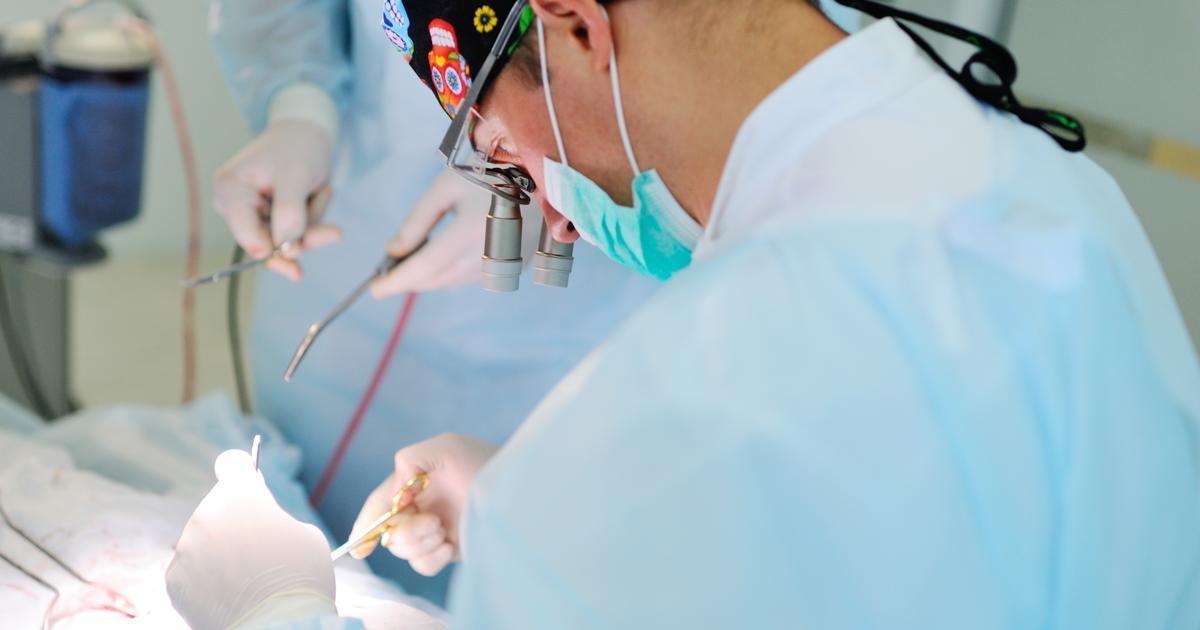Treating Campomelic Dysplasia
Campomelic dysplasia is a rare condition that involves bending of the bones. Although it is considered genetic, it is actually more common for two parents with no history to conceive a child with campomelic dysplasia. This is because it results from a new mutation that happens during conception. Anyone with an autosomal dominant genetic disorder has a 50/50 chance of passing on a genetic disorder such as this one. Symptoms of this condition include hip dislocation, club feet, eleven pairs of ribs, large head compared to body size, a cleft palate, and a small lower jaw. The genitalia is affected in many cases, with the external genitalia looking neither female or male. Additionally, the internal reproductive organs may not match the external genitalia. Learn about how campomelic dysplasia is treated now.
Cleft Palate Surgery

A cleft palate occurs the roof of the mouth does not fully form and close. This process usually occurs during the first few months the embryo is developing. When a cleft palate is present, breastfeeding can be difficult, hearing and speech problems can develop, and dental problems can result. Having cleft palate surgery can help with some of these symptoms. This operation is done by a team of specialists who have specialized in the craniofacial region. In many cases, a series of operations will be needed. The first generally occurs between six to twelve months of age, and the final surgery may not take place until the child is in their teens. At the first surgery, the main goal is to fix the palate to the point feeding becomes easier. This allows the child with campomelic dysplasia to gain weight easier and can reduce the number of ear infections.
Unveil the next treatment method for campomelic dysplasia now.
Hearing Aids

One of the main goals in treating campomelic dysplasia is helping the child have a normal and fulfilling life. One of the ways in which this can be accomplished is through the use of hearing aids, which can greatly increase their ability to communicate and socialize. Periodic hearing tests are important to monitor the level of hearing loss and to make adjustments to the hearing aids as needed. As technology advances, more effective options are becoming available, further improving quality of life. For some children, an assisted listening device or assisted listening system can greatly improve their hearing capability. In some cases, tubes for drainage will be needed in the ears as well as a device to help with the hearing. These tubes greatly reduce the number of ear infections.
Continue reading to learn about more treatment methods for campomelic dysplasia.
